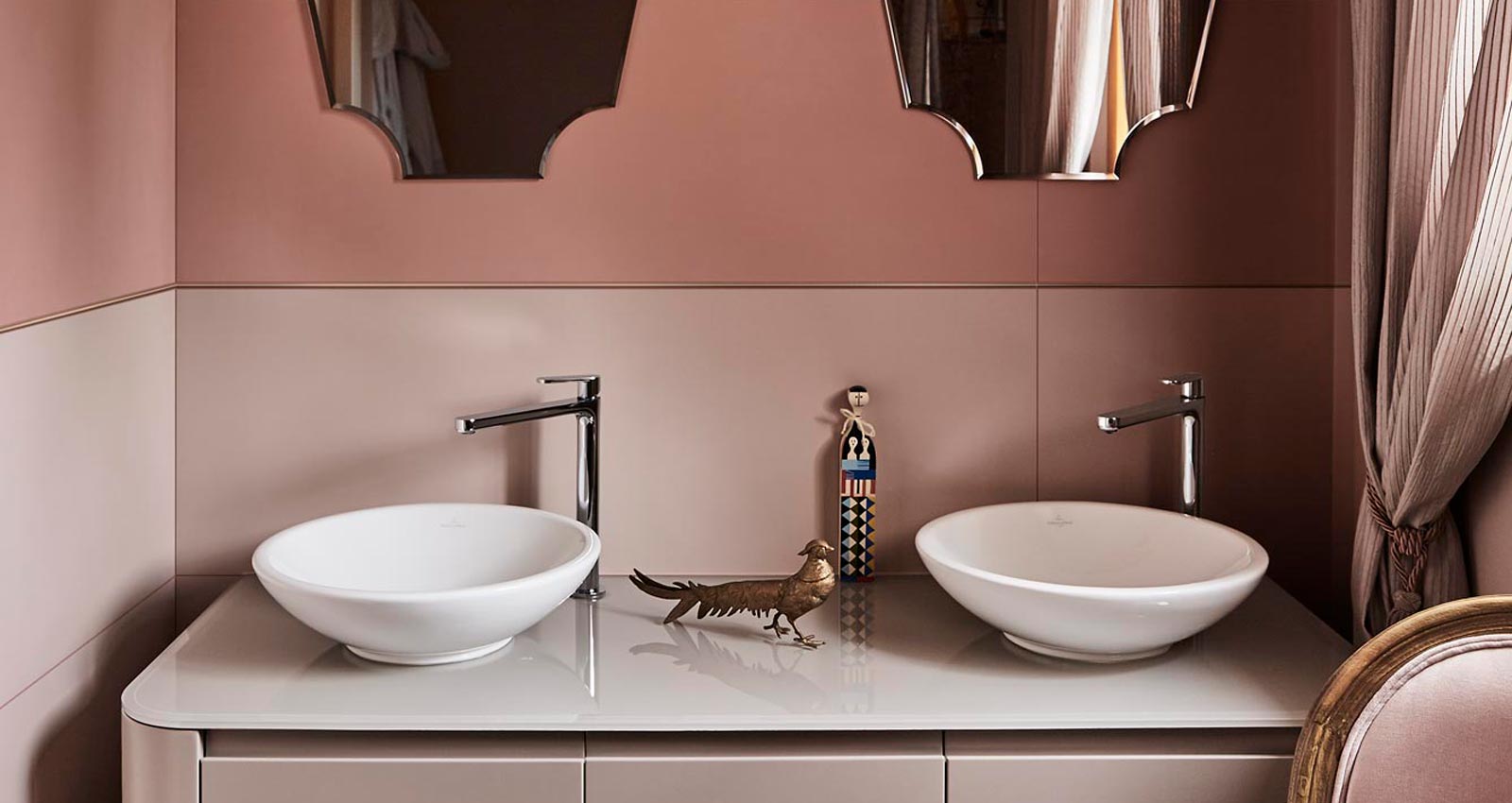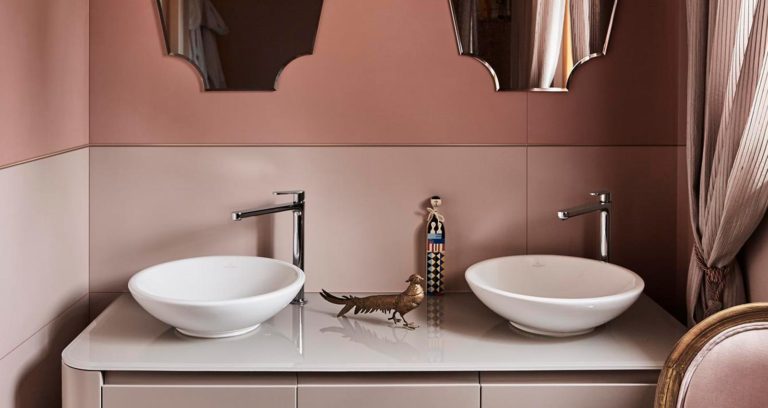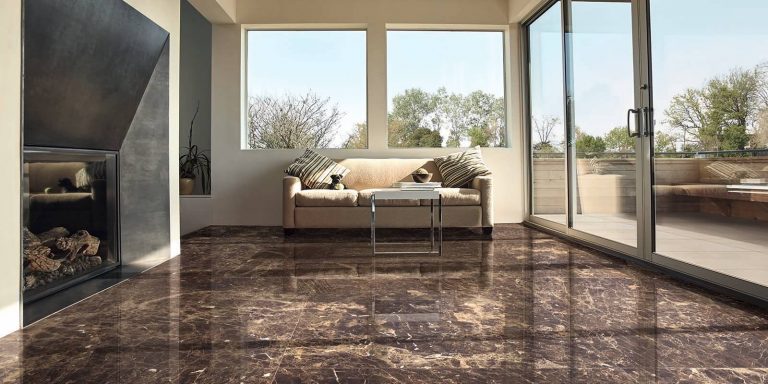As well as recovering precious centimetres from niches and recesses, you can enhance the bathroom with stoneware coverings.
According to some designers, no space is too small to create a bathroom. By skilfully carving out space within an apartment’s floor plan, you can find a place for every bathroom fixture, while respecting the minimum distances needed to ensure their easy and completely safe use.
The trick is to think outside the box, exploiting niches and recesses and transforming seemingly unusable spaces into exciting, innovative design opportunities.
After defining the layout of our small haven of wellness, we then have to find an aesthetic and stylistic common thread that enhances the relationships between the various elements, the natural light and – a key factor – the context in which the bathroom is inserted: a modern city flat, an airy and bright holiday home or a single-family building inhabited by a large family, structured to guarantee everyone perfect functionality.




Ragno, in order to achieve the goal of enhancing the bathroom, offers infinite compositional options that can be developed by combining porcelain stoneware or ceramic elements with different inspirations: cement tiles in the Contrasti collection, the small imperfectly perfect formats and the full and current colors of Look and Mélange, the mosaics and three-dimensional decorations in Bistrot marble-effect stoneware and Realstone Navigli stone-effect stoneware and the slightly nostalgic character, with rich pastel shades, of the Cocciopesto and Resina ceramic wall tiles collections.
The most popular way of creating an “eye-catching” trickand visually expanding the size of a small bathroom is by creating a shower compartment in a niche, whose base or entire volume can be covered with a colour, a decor or a distinctive texture.
Another focus point is the section of the wall taken up by the washbasin, in which coverings, bathroom fixtures, furnishings and accessories can create a striking effect, which is ideal even if on a small scale.
Finally, if you want to give the walls and ceiling a neutral character, you can work on the floor: a minute decor, repeated over the whole surface to form a carpet, can accentuate the wall elements, creating a visual contrast.







